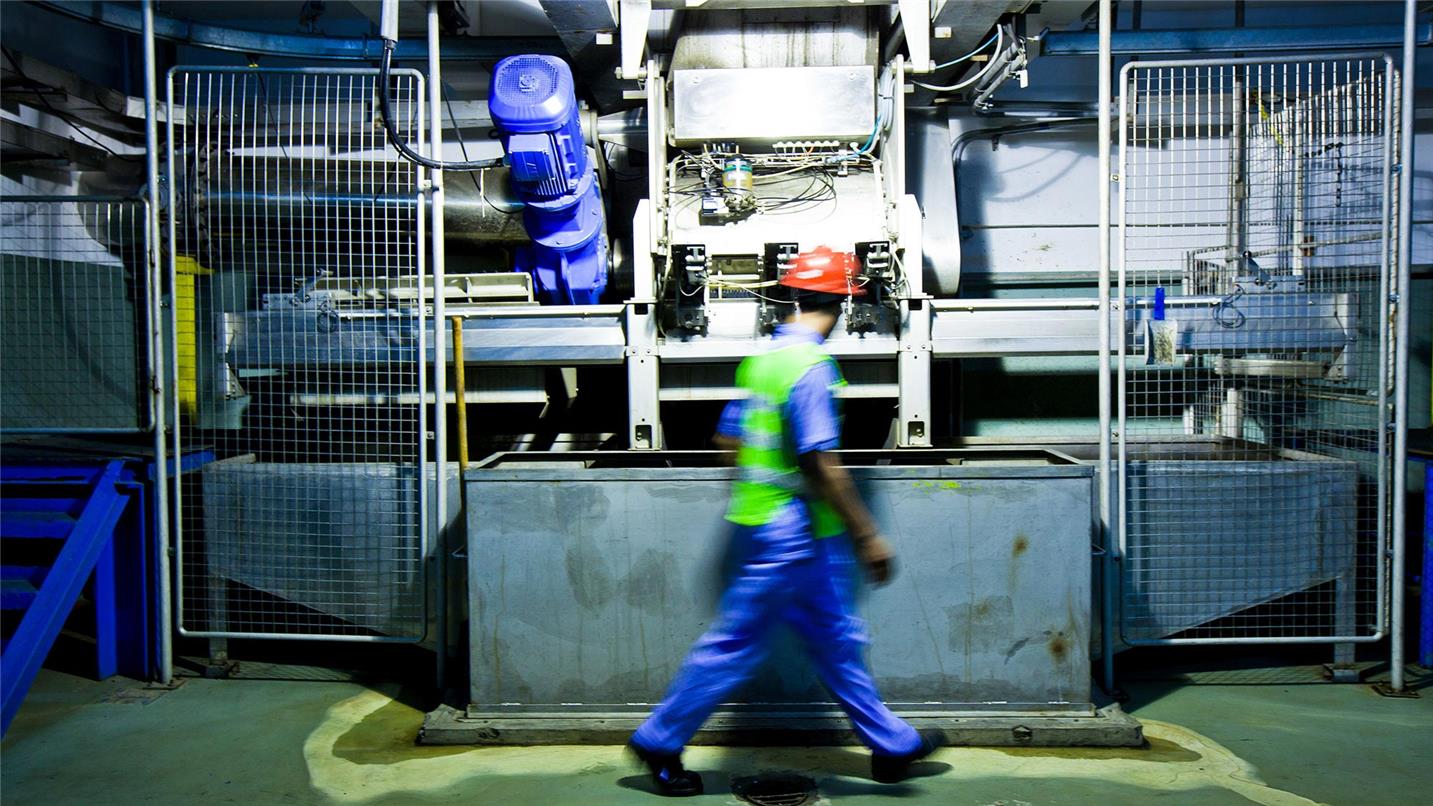Drying sludge for optimal recovery
The limits of mechanical sludge drying sometimes create the need for thermal drying by water evaporation. SUEZ has developed a number of sludge drying processes that allow the sludge to be recovered for a multitude of uses as fertilisers, co-products for composting or as fuel for incineration plants.
Drying the sludge makes it suitable for recovery or destruction:
Reduced weight and volume
Eliminating the water from the sludge by evaporation reduces its volume and weight, making for easier storage and transportation.
Stabilised sludge
Drying stabilises the sludge, thereby reducing olfactory nuisances and improving sanitization.
Easier recovery
By evaporating the water, the end product can be prepared for use in a composting facility. It means that the sludge can be recycled for use in agriculture.
Easier sludge disposal
Drying enables the minimum dry content levels to be reached that are legally required for use in cement works ovens. It also increases the calorific value of the sludge for incineration.
Evaporating the water in the sludge by different drying processes
There are three different ways of transmitting heat: conduction, convection and radiation.
Depending on the level of dry content, the sludge has a specific behaviour that influences the thermal drying processes. SUEZ proposes three sludge drying processes:
Evaporis LT (Low Temperature): thermal drying in low temperature ranges
This fully automated drying process uses the principle of continuous drying by the convection of hot air in a closed tunnel. Greenhouse gas emissions are limited and olfactory nuisances are kept under control. The recovery of the low calories (heating and cooling networks, residual energy, etc.) also reduces energy consumption.
Evaporis LE (Low Energy): mixed drying that combines a thin-film dryer and a hot air belt dryer
This sludge drying process features the recovery of thermal energy. The sludge goes through three treatment steps:
- indirect drying by a thin-film evaporator: the dried sludge is pre-dried to dry content levels of 40% to 50%
- mechanical extrusion: the sludge is forced through a perforated grid to form pellets
- direct drying by the belt dryer: the final dry content of the pellets is between 65% and 90%
Heliantis: solar drying
With this process, SUEZ is promoting the use of clean and renewable energy sources to dry sludge. It uses the same principle as horticultural greenhouses, completed by a ventilation system and a sludge stirrer.

